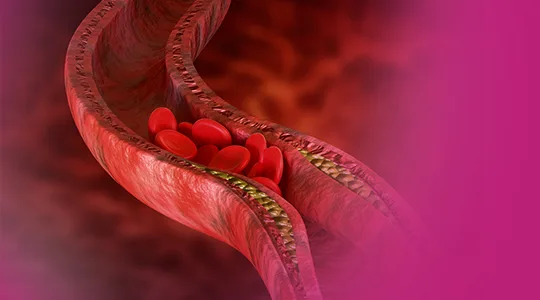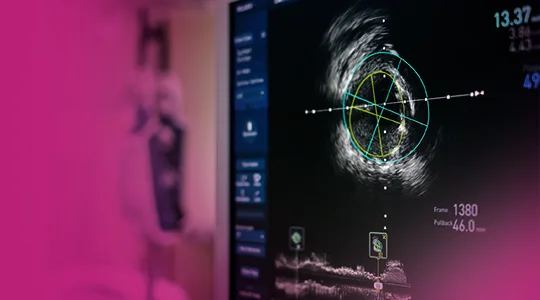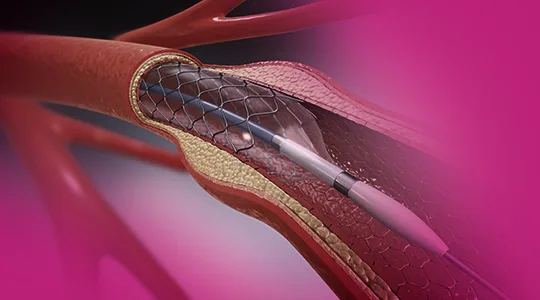Symptoms
Early symptoms
- Cold and pale limbs, progress into intermittent claudication.
- If the lesion is limited to the main iliac artery, then patient could experience localized pain at hip and thigh, and could accompany impotence.
- When the femoral popliteal artery is affected, then calf muscles could experience pain.
Late stage
The temperature of the skin of the affected limb is significantly lower. The limb also becomes pale or cyanosis, the patient could also experience resting pain, and ischemic gangrene or ulcer may be found at the distal part of the limb. Early chronic ischemia causes nutritional changes, sensory abnormalities and muscle atrophy of the skin and its appendages. The pulse of femoral artery, popliteal artery, posterior tibial artery and dorsalis pedis artery were weakened or could not be palpable.

Diagnosis
- Ultrasound: Compare the arterial pressure of the same limb, if the difference is more than 20 ~ 30mmhg, then there could potentially be an arterial occlusive change on the side of pressure reduction. Or calculate the ankle / brachial index (ABI, ratio of ankle artery pressure to ipsilateral brachial artery pressure), the normal value should be 0.9 ~ 1.3, < 0.9 indicates arterial ischemia, < 0.4 indicated severe ischemia.
- X-ray and arteriography: Irregular calcification shadow is shown to be at the affected artery. CTA and DSA could reveal the extent of occlusion as well as the collateral blood vessels, to support the development of treatment procedure.

Therapeutic Solutions: Percutaneous Transluminal Angioplasty (PTA)
Percutaneous Transluminal Angioplasty (PTA): After the treatment guide wire is inserted into the artery and reaches the designated position, the balloon catheter then reaches the lesion site utilizing the guide wire, for balloon expansion. In the process of expansion, the pressure pump should be used to slowly pressurize the balloon, until the narrowing of the arteries caused by stenosis is completely expanded. In most cases, the expansion should be repeated several times to consolidate the effect, and prevent the formation of dissection.
